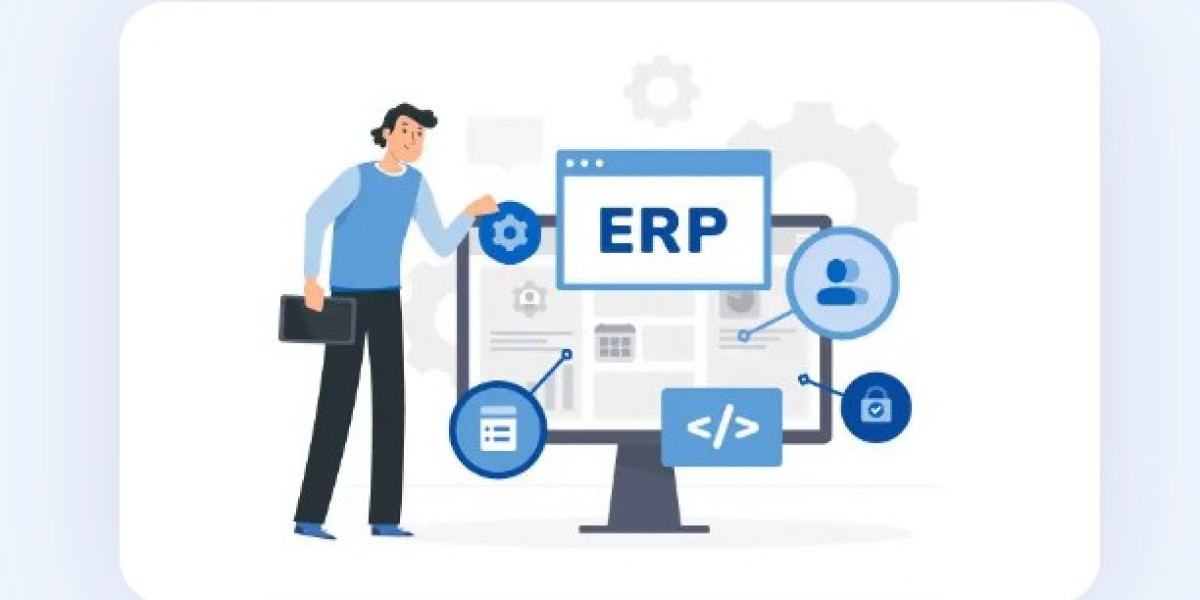However, ERP software development is a complex endeavor that requires careful planning, execution, and adherence to best practices. In this comprehensive guide, we will explore the key best practices that can help ensure the successful development of ERP software.
Thorough Requirements Analysis
Begin by conducting a comprehensive analysis of the organization's requirements. Engage with stakeholders from different departments to gather and document their needs and expectations. A well-defined set of requirements forms the foundation of your ERP system.
Selecting the Right Technology Stack
Carefully choose the technology stack for your ERP project based on the system's requirements. Consider factors such as scalability, security, integration capabilities, and user experience. Ensure that the selected technologies align with the project's objectives.
Modular Design and Architecture
Adopt a modular design approach that divides the ERP system into discrete, interdependent modules. This promotes flexibility, ease of maintenance, and scalability. Use standardized APIs and communication protocols for seamless module interaction.
User-Centric Design
Prioritize user experience (UX) design to ensure that the ERP system is intuitive and user-friendly. Involve end-users in the design and testing phases to gather feedback and make necessary adjustments.
Data Management and Security
Implement robust data management practices to ensure data accuracy, consistency, and security. Define data access controls, encryption mechanisms, and data backup strategies to protect sensitive information.
Agile Methodology
Embrace Agile development methodologies to foster collaboration, adapt to changing requirements, and deliver incremental updates. Frequent feedback loops and iterative development cycles enhance project flexibility and responsiveness.
Comprehensive Testing
Rigorously test the ERP system at every stage of development. This includes unit testing, integration testing, performance testing, and user acceptance testing. Automation tools can help streamline testing processes.
Data Migration Strategy
Plan and execute data migration carefully when transitioning from legacy systems to the new ERP system. Invest in data cleansing, transformation, and validation to ensure data integrity.
Change Management and Training
Develop a robust change management strategy to prepare employees for the transition to the new ERP system. Provide training and support to help users adapt to the changes and maximize their efficiency.
Scalability and Performance Optimization
Design the ERP system with scalability in mind, allowing it to grow with the organization's needs. Regularly monitor performance and optimize the system for efficiency as data volumes and user loads increase.
Documentation and Knowledge Transfer
Maintain thorough documentation throughout the development process, including design documents, user manuals, and system documentation. This facilitates knowledge transfer and future maintenance.
Security Audits and Compliance
Conduct security audits to identify vulnerabilities and ensure compliance with industry-specific regulations and standards. Regularly update security measures to protect against evolving threats.
Post-Implementation Support
Offer ongoing support and maintenance to address issues, apply updates, and address evolving business needs. Establish a dedicated support team to promptly respond to user inquiries and resolve issues.
Performance Monitoring and Optimization
Continuously monitor the ERP system's performance and gather user feedback after implementation. Use this information to identify areas for improvement and optimization.
Conclusion
Developing an ERP system that meets an organization's needs and provides lasting value requires careful planning and adherence to best practices throughout the development lifecycle. By focusing on requirements analysis, technology selection, modular design, user experience, data management, and other critical aspects, organizations can build ERP systems that streamline operations, enhance decision-making, and drive business growth. ERP software development is an ongoing journey that, when executed with excellence, can be a transformative force for modern businesses.







